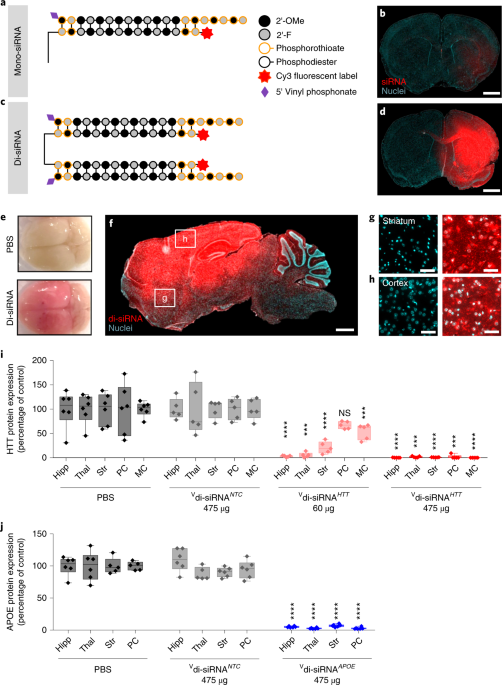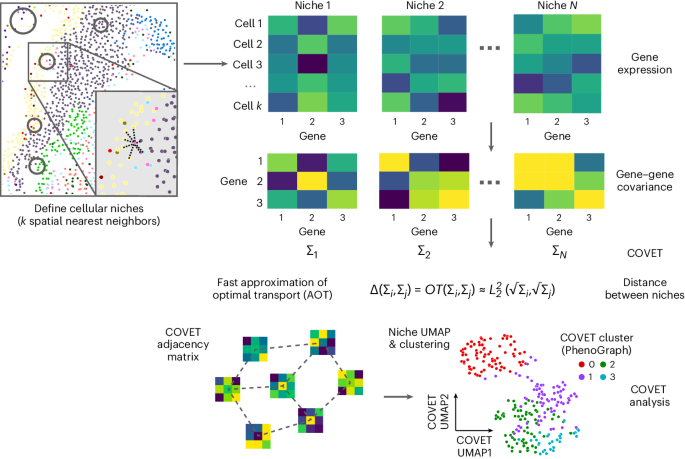- Select a language for the TTS:
- UK English Female
- UK English Male
- US English Female
- US English Male
- Australian Female
- Australian Male
- Language selected: (auto detect) - EN
Play all audios:
You have full access to this article via your institution. Download PDF The dramatic failure of the cholesteryl ester transfer protein inhibitor torcetrapib, designed to raise levels of
high-density lipoprotein (HDL) as a treatment for cardiovascular disease, in 2006 raised the question of whether raising HDL is a futile strategy for atheroprotection. This month, Joy and
Hegele review the complexity of the HDL system, discuss torcetrapib clinical trial data, and evaluate alternative strategies for HDL-based therapies. Meanwhile, in this month's
perspective, Jia and colleagues suggest that humans can be viewed as “superorganisms with an indispensable internal ecosystem” — the gut microbiota. The authors propose that systems-oriented
technologies such as metabonomics will shed light on complex host–bacteria interactions, providing novel targets and therapeutic strategies to manipulate gut microbiota associated with
disease. The nature of the relationship between humans and members of their microbiome is also illustrated by the recent elucidation of the role of commensal bacteria in a physiological
pathway that converts inorganic nitrate to nitric oxide (NO). In their Review, Lundberg and colleagues explore the significance of this alternative source of NO, and the possibility of
targeting the nitrate–nitrite–NO pathway to treat a diverse range of diseases including myocardial infarction and stroke. Another simple physiological reaction, the conversion of carbon
dioxide to bicarbonate ions and protons catalyzed by carbonic anhydrases (CAs), is also emerging as a target for a multitude of diseases. CA inhibitors were originally developed as diuretics
and antiglaucoma drugs, but Supuran now discusses their emerging potential as anti-obesity, anticancer and anti-infective drugs. Finally, Klimanskaya and colleagues investigate two key
factors that are crucial to the success of stem-cell-based therapies: the ability to find reliable sources of multipotent and pluripotent cells, and to control their differentiation. RIGHTS
AND PERMISSIONS Reprints and permissions ABOUT THIS ARTICLE CITE THIS ARTICLE In this issue. _Nat Rev Drug Discov_ 7, 103 (2008). https://doi.org/10.1038/nrd2528 Download citation * Issue
Date: February 2008 * DOI: https://doi.org/10.1038/nrd2528 SHARE THIS ARTICLE Anyone you share the following link with will be able to read this content: Get shareable link Sorry, a
shareable link is not currently available for this article. Copy to clipboard Provided by the Springer Nature SharedIt content-sharing initiative








